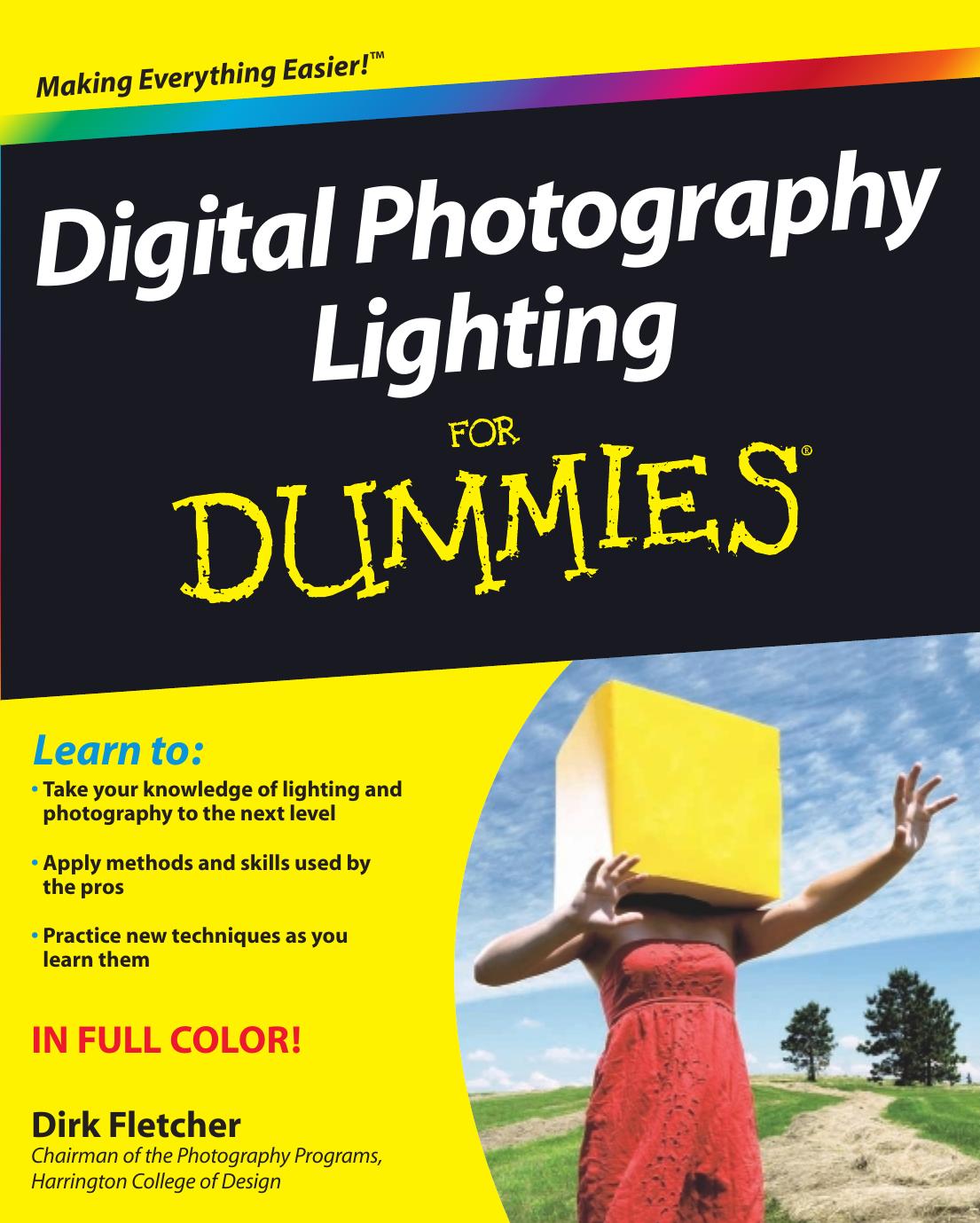Digital Photography Lighting For Dummies by Dirk Fletcher

Author:Dirk Fletcher
Language: eng
Format: epub, pdf
Publisher: Wiley
Published: 2010-10-24T16:00:00+00:00
50mm, 12 sec., f/11, 400
Figure 9-9: Fireworks are a great shooting opportunity.
When you’re comfortable with this technique, it’s time for the fun part. You need the lid to a box (covered in black paper is ideal) or a dark baseball hat. With the lens covered by your box or hat, open up the shutter while the fireworks are going and begin to paint the sky. Visualize the scope or angle of your lens, and as fireworks burst in these areas, pull your makeshift shutter away from the front of the lens so the burst can be recorded. You can work on a single exposure for some time while you patiently “paint the sky” with explosions and trails of light. Once you expose for a particular part of the sky, quickly cover the lens after the burst and wait for a different part of the sky to be exposed. When you feel you’ve filled up the sky on your LCD, let the shutter close by letting go of the cable release. Wait impatiently for the picture to pop up on your LCD, and then do your happy dance.
You’re essentially painting the sky with light, as I discuss in greater detail in Chapter 15. The only difference here is that you don’t have any control over the light source, whereas you do when you’re light-painting.
If you aren’t going to shoot any silhouette or landscape views and you only want to capture the brightly lit skies, you can have some additional fun. During the show, try this: Zoom your lens in with the shutter, take the camera off your tripod, and rotate or spin the camera with the shutter open and a sky full of color. This creates colorful and whimsical patterns in an already exciting sky.
Capturing candlelight scenes
You may want to shoot portraits or interior architectural shots by candlelight. To do this, start by setting up your tripods and plugging in your cable release. This is a perfect application for an incident light meter because the in-camera meter will be easily tricked by the candle if you choose to include the candle in the shot.
I strongly suggest that you consider showing the candle in your shot. It adds realism and just plain looks better.
When you’re lighting with a candle (and it’s in the shot as it should be), the candle will go considerably brighter and, in some cases, be overexposed. The amount of overexposure is determined by how close your subject is to the candle. If the subject is right up on the candle, your image won’t be that overexposed (see Figure 9-10). If the candle is at one end of a table and you expose for your subject’s face at the other end of the table, the candle will be very overexposed. This isn’t really a problem, though, because it adds to the ambience of the image.
Download
Digital Photography Lighting For Dummies by Dirk Fletcher.pdf
This site does not store any files on its server. We only index and link to content provided by other sites. Please contact the content providers to delete copyright contents if any and email us, we'll remove relevant links or contents immediately.
| Color | Darkroom & Processing |
| Digital Editing | Equipment |
| Flash Photography | Handbooks & Manuals |
| Lighting | Reference |
Shoot Sexy by Ryan Armbrust(17153)
Portrait Mastery in Black & White: Learn the Signature Style of a Legendary Photographer by Tim Kelly(16493)
Adobe Camera Raw For Digital Photographers Only by Rob Sheppard(16398)
Photographically Speaking: A Deeper Look at Creating Stronger Images (Eva Spring's Library) by David duChemin(16166)
Bombshells: Glamour Girls of a Lifetime by Sullivan Steve(13120)
Art Nude Photography Explained: How to Photograph and Understand Great Art Nude Images by Simon Walden(12356)
Perfect Rhythm by Jae(4629)
Pillow Thoughts by Courtney Peppernell(3416)
The Book of Joy by Dalai Lama(3237)
Good by S. Walden(2920)
The Pixar Touch by David A. Price(2744)
Fantastic Beasts: The Crimes of Grindelwald by J. K. Rowling(2550)
A Dictionary of Sociology by Unknown(2521)
Humans of New York by Brandon Stanton(2382)
Read This If You Want to Take Great Photographs by Carroll Henry(2307)
Stacked Decks by The Rotenberg Collection(2283)
On Photography by Susan Sontag(2136)
Photographic Guide to the Birds of Indonesia by Strange Morten;(2092)
Insomniac City by Bill Hayes(2087)
